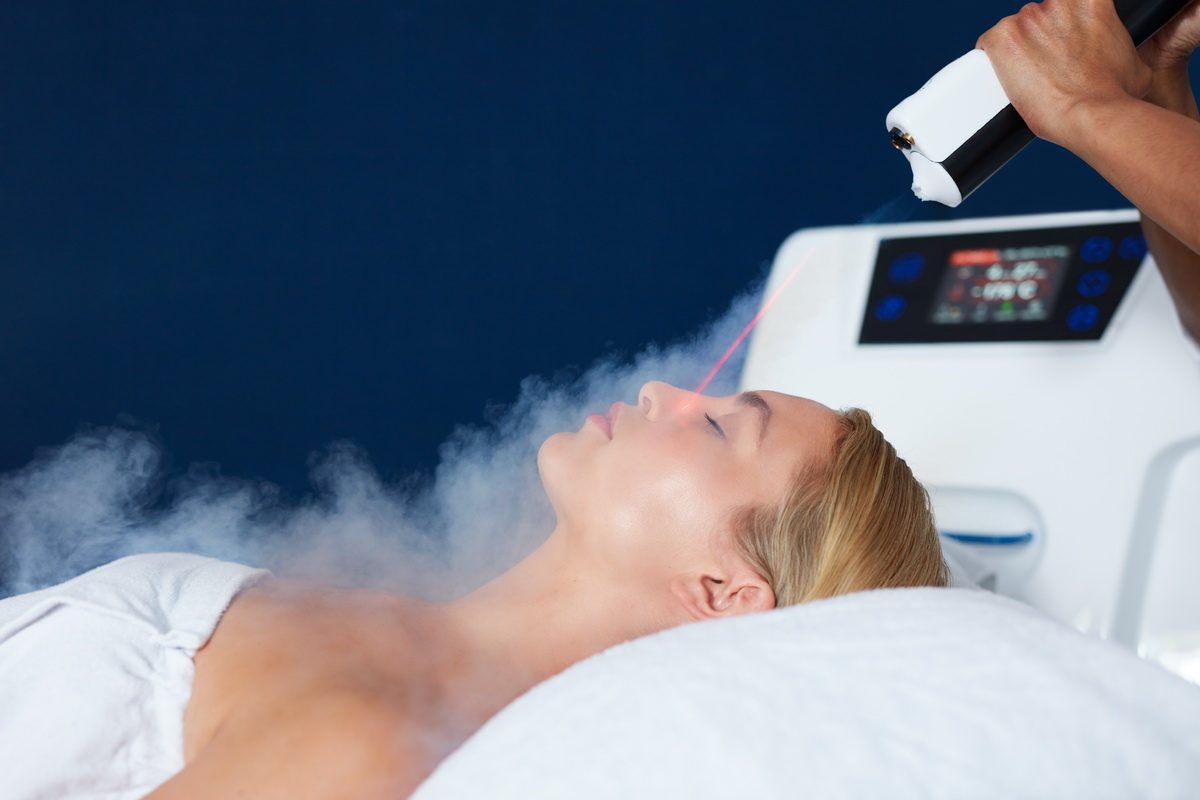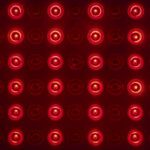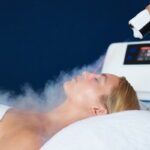Which photobiomodulation device to choose: lamp, helmet or laser?

How do you choose a photobiomodulation device that really suits your priorities? Some people are looking for help with their skin, others want to encourage hair vitality, or simply support their body through light therapy. There are a number of different tools available, each with its own specific features.
Photobiomodulation, an insight into the technique
Photobiomodulation is based on the use of light beams to promote well-being. A number of scientists, some from universities and recognized research centers, have been investigating its potential effects. For example, one study highlighted the role of red light and LEDs in supporting the regeneration of certain tissues. How this works is explained by the interaction between the light wave and the organism: this wave can penetrate the skin and have a stimulating effect at various levels.
This form of light therapy isn't just about aesthetics. Some people are interested in it for its visible or internal results, often accompanied by a sense of overall well-being. Each session focuses on managing discomfort or supporting natural functions, avoiding any promise of definitive repair.
Lamp, helmet or laser: three distinct approaches
Choosing the right tool depends on your priorities: type of use, frequency of sessions and age. A person looking to care for their skin will not necessarily have the same expectations as someone aiming to fortify their hair.
Lamps: simplicity and versatility
The photobiomodulation lamp resembles a more conventional light therapy device. It diffuses a light that is generally red or close to the infrared spectrum, thanks to LEDs.
- Easy to install: ideal for illuminating a large area, such as the face or part of the body.
- Flexible use: some models offer several light intensity settings.
- Gradual adaptation: the lamp is ideal for occasional use or a gentle start.
Helmet: an ally for hair
The helmet focuses on the hair zone. Its LEDs emit a red light that can support the hair's vigor over the course of the sessions.
- Precise targeting: LEDs are positioned directly on the hair for localized effects.
- Comfort of use: models adjust to the shape of the head.
- Discretion: the headset can be used at home without too many constraints.
Laser: high precision
The laser, unlike a simple mask or lamp, concentrates a targeted light wave. Its intensity remains higher, but the field of action is more restricted.
- Marked precision: beam focusing helps to act on a reduced area, such as a scar or a more specific area of skin.
- Shorter sessions: beam concentration can produce interesting results over shorter periods.
- Requires a certain amount of supervision: it's advisable to gather reliable information, or even professional advice, before taking the plunge.
Choose according to your needs
The final choice will therefore depend on the type of treatment required, the area concerned and individual sensitivity. An LED mask, for example, is well suited to the face, while a lamp will cover a wider area. Helmets are ideal for hair-related objectives, while lasers can target a very specific area of the skin.
Here are a few questions to keep in mind. What is your main objective? Do you want to apply photobiomodulation to your skin or hair, or to support your overall well-being? How much time do you have available? A helmet can be worn for a few minutes a day, a lamp requires you to position yourself at a certain distance, while a laser sometimes requires a more precise protocol. By answering these questions, you can easily choose the method that suits you best.
A reassuring prospect
The photobiomodulation approach is not limited to a single device: each tool has its own specific strength. Lamp, helmet or laser, the aim is to find the most suitable solution to encourage progressive results on skin or hair. Studies on light and its impact, carried out in various centers and universities, illustrate the promising avenues opened up by these techniques, without claiming to offer a miracle solution. It is possible to consider this practice to optimize your well-being, through sessions tailored to each profile. The desire to take care of oneself and listen to oneself remains the key to a luminous and soothing approach.






